Search Images
Browse Content
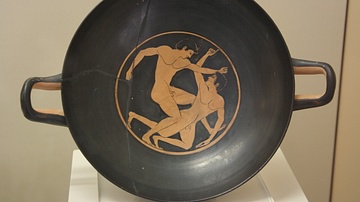
Image
Greek Boxing
A boxing scene from an attic red-figure kylix (c. 500 BCE). Olympia Archaeological Museum.
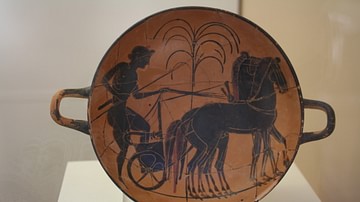
Image
Greek Chariot
A depiction of a chariot with charioteer on an attic black-figure kylix (510-500 BCE). Olympia Archaeological Museum.
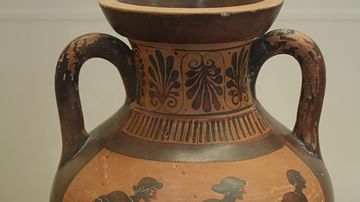
Image
Greek Foot Race
Attic black-figure column crater depicting a foot race (510-500 BCE). Olympia Archaeological Museum.
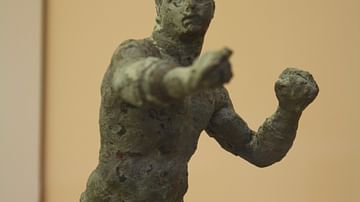
Image
Greek Pankratiast
A bronze statue of a pankratiast (2nd century BCE). The leather thongs wrapped around the fist, worn by later exponents of this viiolent mix of wrestling and boixing, can be clearly seen. (Olympia Archaeological Museum, Olympia)
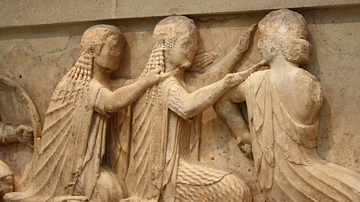
Image
Assembly of the Gods
A detail of the assembly of the gods from the east frieze of the Treasury of the Siphians (525 BCE), Delphi. Delphi Archaeological Museum.
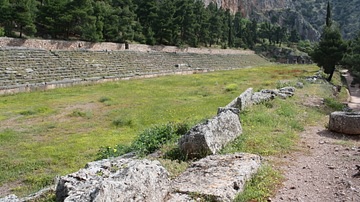
Image
Stadium, Delphi
The stadium of Delphi, orginally built in the 5th century BCE, the stone seats visible today were added in the second century CE.
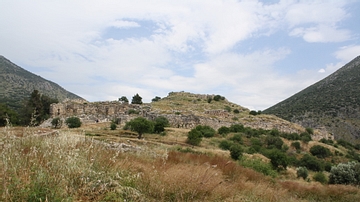
Image
Mycenae
The Citadel of Mycenae, occupied from late Neolithic times until the twelfth century BCE. The Mycenaean civilization was at its peak from 1350-1200 BCE and it is from this period that the fortifications acquired the form seen today.
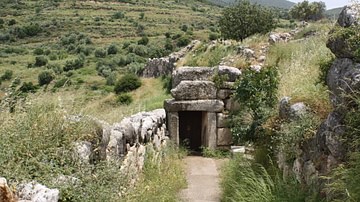
Image
North Gate, Mycenae
Built in 1250 BCE and contemporary with the Lion Gate.
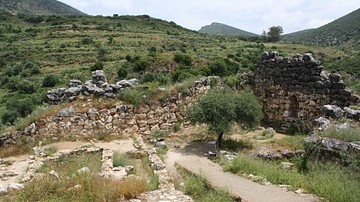
Image
South Gate, Mycenae
The south gate of the citadel (1200 BCE) with foundations of two houses (A & B) visible on the left.
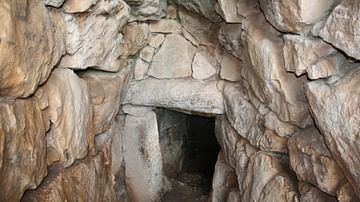
Image
Fountain Entrance, Mycenae
The inner entrance to the stepped tunnel (1200 BCE) which descends 18 metres to a subterranean well. The well is supplied via a stone aqueduct from a spring east of the citadel.